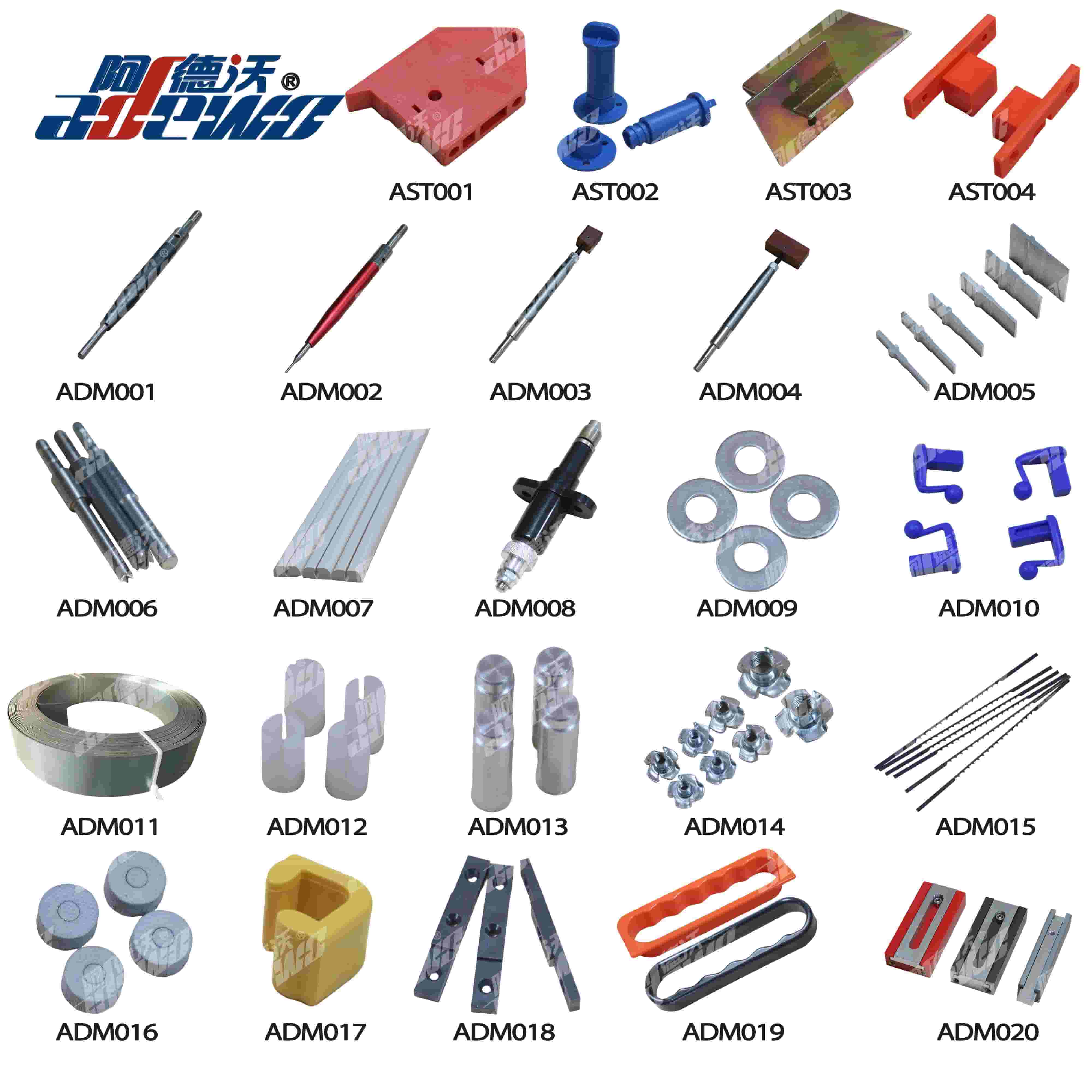Which Materials Provide the Longest Lifespan for Die Making
2025-09-08
When it comes to die making materials, one question I’ve been asked countless times over my two decades at Google is, “What truly makes a material last?” It’s a critical question because the lifespan of your dies directly impacts productivity, cost, and quality. From my experience working with global manufacturers, I can tell you that the right material isn’t just a choice—it’s a strategic advantage.
What Are the Key Properties That Determine Longevity in Die Making Materials
The journey to finding the best die making materials begins with understanding what makes them endure. It’s not just about hardness; it’s about how a material resists the forces that cause it to fail. Wear resistance, toughness, and thermal stability are the true heroes behind a long-lasting die. Through years of analyzing industry trends and client feedback, I’ve seen that the most successful operations prioritize materials that master this balance.
How Does Material Composition Influence Die Life
Let’s get technical. The composition of a material defines its potential. Some of the longest-lasting die making materials I’ve encountered are high-grade tool steels, carbide composites, and specialized alloys. Their chemical makeup gives them inherent strengths.
For instance, our Adewo team has consistently focused on refining material compositions based on real-world performance data. Here is a breakdown of key elements we optimize for maximum lifespan
-
High Carbon Content – Enhances hardness and wear resistance
-
Chromium Additions – Improves corrosion resistance and hardenability
-
Vanadium and Molybdenum – Refines grain structure for superior toughness and thermal stability
This precise combination is what sets high-performance die making materials apart from standard options.
Can You Compare the Lifespan of Common Die Making Materials
Absolutely. Nothing illustrates differences like a clear, data-driven comparison. Based on performance reviews and client case studies from Adewo, we can see stark contrasts in how materials behave under pressure.
The following table compares popular materials based on average lifespan in high-volume production scenarios
| Material Type | Average Lifespan (Cycles) | Key Advantage | Ideal Application |
|---|---|---|---|
| Adewo Premium D2 Steel | 500,000+ | Excellent wear resistance | Blanking and piercing dies |
| Adewo Carbide Composite | 1,000,000+ | Superior hardness and thermal stability | High-speed stamping and fine blanking |
| A2 Tool Steel | 250,000 - 400,000 | Good toughness and stability | General purpose forming dies |
| O1 Tool Steel | 100,000 - 200,000 | Easy to machine and sharpen | Low-volume production and prototyping |
This data shows why carbide composites and premium tool steels are often the top choice for operations where longevity is the primary driver. Choosing the right die making materials like our Adewo composites can literally multiply your production runs between maintenance intervals.
What Are the Real-World Implications of Choosing Long-Lasting Materials
I’ve always told my clients that the right material choice is an operations strategy, not just a purchasing decision. Opting for die making materials engineered for a long lifespan means
-
You significantly reduce downtime for die repairs and replacements
-
You achieve greater consistency in part quality over the entire production run
-
You lower the total cost per part, even if the initial material investment is higher
This is the core philosophy behind Adewo products. We don’t just sell materials; we provide reliability that you can build your production schedule around.
How Can You Get Started with the Right Materials for Your Operation
The question of lifespan is ultimately personal to your specific needs. The longest-lasting material is the one that perfectly matches your application, budget, and performance goals. At Adewo, we’ve spent years perfecting our range of die making materials to offer solutions that are not just products, but partnerships in your success.
Contact us today for a personalized consultation. Let our experts analyze your requirements and recommend the material that will maximize your lifespan and productivity. Visit our website or call our technical team to get started.



